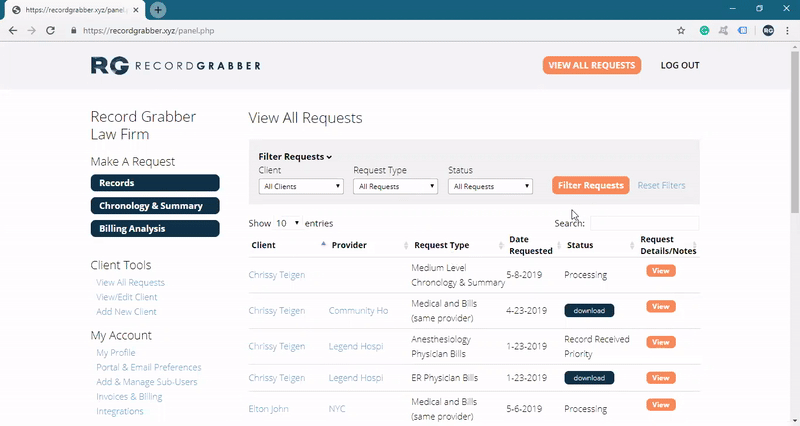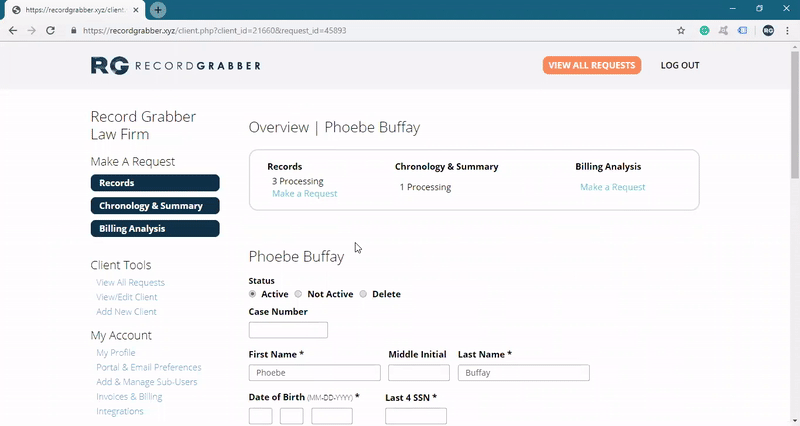Keeping up with trends and technology in the legal industry can be time-consuming. It may not be one of your top priorities because it sometimes feels like a waste of time. Yet this industry experiences constant change and advancement. Automation, AI and machine learning and Cloud technology all have the power to improve productivity and help ease some of your most common processual burdens. Thankfully, there are many legal technology organizations to help you with your evolving needs.
International Legal Technology Association
Do you want to keep up to date with the legal technologies available now? ILTA may be the organization for you. They are a membership group offering interactive events – both live and in the virtual world – as well as an array of tried and tested methods such as networking and formal training. Their written material and video content keep you up to date with what you need to know about technology in your profession.
LegalTechLive
Evidence shows that people learn quicker and retain more information with visual media than with written documents. Legal technology is now all trendy thanks to this popular YouTube channel. It arrived on the scene as recently as 2015, run by Nick Rishwain and Ivan Raiklin. The channel shows live video feeds where they highlight and promote technology in law through interviews with vendors. The place to learn if a certain piece of software or hardware would benefit your business.
Law.com’s Legaltech News
Law.com is the country’s best-known website. Now, the prestigious brand has branched out into helping you keep up to date with technology in the legal profession. The Legaltech News section is a carefully selected resource of curated content from the broad range of journals, professional magazine and other content from the brand. It’s easy to break down the sections into news and content relevant to your specific area of legal, but Law.com is for all areas in the profession.
Legal Mosaic
It is doubtful there is anyone more of an expert on technology for the legal profession than Mark A. Cohen. This is his business which provides direct advice to businesses operating in legal with a focus on technology and training strategies, helping firms keep up with trends. It cuts through the jargon to offer sound advice in language that you will understand, explaining the benefits of upgrading each of your hardware and software systems. Also delivers talks and conferences to professionals.











